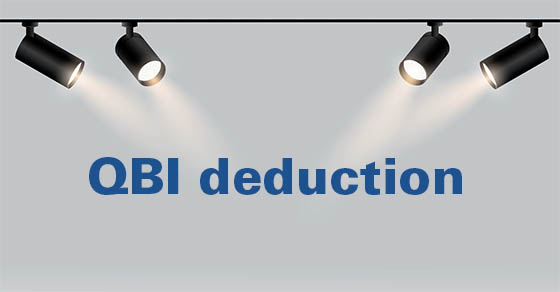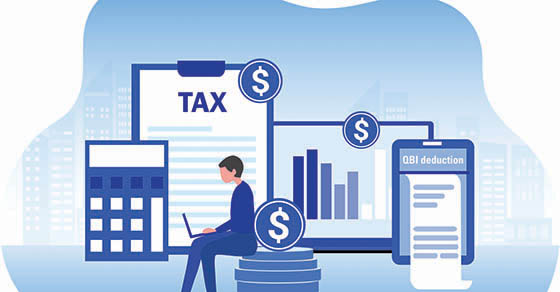The qualified business income (QBI) deduction, which became effective in 2018, is a significant tax benefit for many business owners. It allows eligible taxpayers to deduct up to 20% of QBI, not to exceed 20% of taxable income. It can also be claimed for up to 20% of income from qualified real estate investment trust dividends.
With recent changes under the One, Big, Beautiful Bill Act (OBBBA), this powerful deduction is becoming more accessible and beneficial. Most important, the OBBBA makes the QBI deduction permanent. It had been scheduled to end on December 31, 2025.
A closer look
QBI is generally defined as the net amount of qualified income, gain, deduction and loss from a qualified U.S. trade or business. Taxpayers eligible for the deduction include sole proprietors and owners of pass-through entities, such as partnerships, S corporations and limited liability companies that are treated as sole proprietorships, partnerships or S corporations for tax purposes. C corporations aren’t eligible.
Additional limits on the deduction gradually phase in if 2025 taxable income exceeds the applicable threshold — $197,300 or $394,600 for married couples filing joint tax returns. The limits fully apply when 2025 taxable income exceeds $247,300 and $494,600, respectively.
For example, if a taxpayer’s income exceeds the applicable threshold, the deduction starts to become limited to:
- 50% of the amount of W-2 wages paid to employees by the qualified business during the tax year, or
- The sum of 25% of W-2 wages plus 2.5% of the cost (not reduced by depreciation taken) of qualified property, which is the depreciable tangible property (including real estate) owned by a qualified business as of year end and used by the business at any point during the tax year to produce QBI.
Also, if a taxpayer’s income exceeds the applicable threshold and the QBI is from a “specified service business,” the deduction will be reduced and eventually eliminated. Examples of specified service businesses are those involving investment-type services and most professional practices, including law, health, consulting, performing arts and athletics (but not engineering and architecture).
Even better next year
Under the OBBBA, beginning in 2026, the income ranges over which the wage/property and specified service business limits phase in will widen, potentially allowing larger deductions for some taxpayers. Instead of the distance from the bottom of the range (the threshold) to the top (the amount at which the limit fully applies) being $50,000, or, for joint filers, $100,000, it will be $75,000, or, for joint filers, $150,000. The threshold amounts will continue to be annually adjusted for inflation.
The OBBBA also provides a new minimum deduction of $400 for taxpayers who materially participate in an active trade or business if they have at least $1,000 of QBI from it. The minimum deduction will be annually adjusted for inflation after 2026.
Action steps
With the QBI changes, it may be time to revisit your tax strategies. Certain tax planning moves may increase or decrease your allowable QBI deduction. Contact us to develop strategies that maximize your benefits under the new law.




